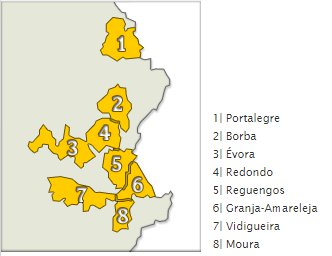Alentejo
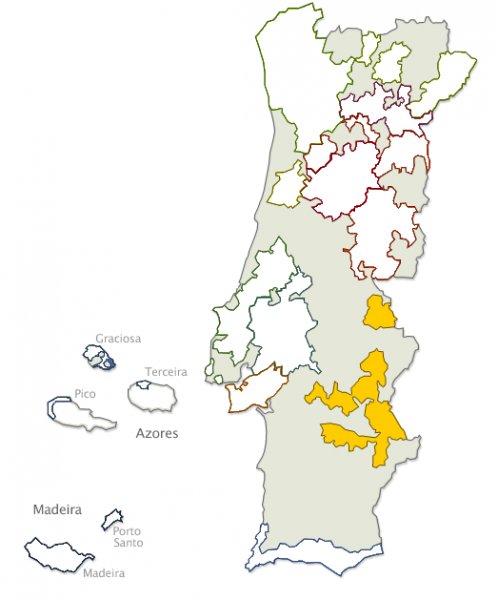 | Alentejo is one of the largest wine areas in Portugal.
Alentejo means 'alem Tejo', beyond the Tejo / Taag. The region has the nicknames "the grain barn" and "California of Portugal". The Alentejo, together with the Douro, is the region with the most innovation, new experiments and new grand cru's. |
The Alentejo region covers about a third of Portugal, and winemakers in the remaining two-thirds can often be heard to complain about the popularity of Alentejo wines. The climate is hot and harvested starts as from mid-August.
The reds, easy drinkers, rich and fruity, are the darlings of Lisbon cafés and restaurants, and can also be found on wine lists in the whole country.
Today, Alentejo is known for its red blends, which are just as warm, generous and easygoing as the people who live there (who are said to have three speeds: slow, very slow and immobile). They are blends of Syrah and Cabernet Sauvignon, in addition to the non-local native varieties Touriga Nacional and Touriga Franca. White, a strength of Herdade do Esporão, is on the rise as the local grapes Antão Vaz and Roupeiro are made in a more fruity style and blended with Arinto for freshness, or with Verdelho and Viognier
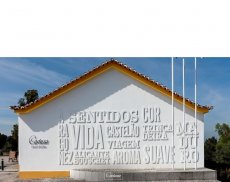 Adega da Cartuxa
Adega da Cartuxa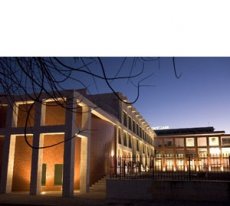 Adega de Borba
Adega de Borba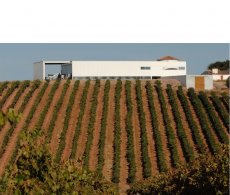 Adega de Monte Branco
Adega de Monte Branco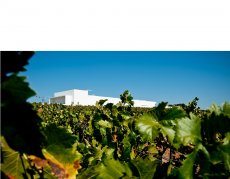 Adega Mayor
Adega Mayor Cabeças do Reguengo
Cabeças do Reguengo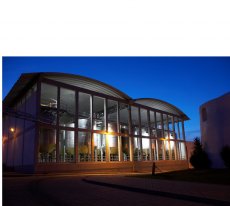 Carmim Monsaraz
Carmim Monsaraz Dona Maria - Julio Bastos
Dona Maria - Julio Bastos Fitapreta Vinhos
Fitapreta Vinhos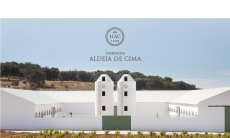 Herdade Aldeia de Cima
Herdade Aldeia de Cima Herdade da Maroteira
Herdade da Maroteira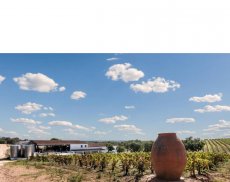 Herdade de São Miguel
Herdade de São Miguel Herdade do Esporão
Herdade do Esporão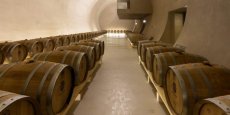 Herdade do Freixo
Herdade do Freixo Herdade do Peso
Herdade do Peso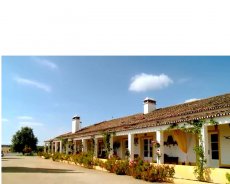 Herdade do Sobroso
Herdade do Sobroso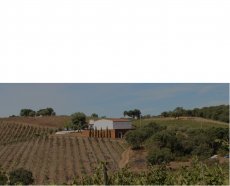 Herdade dos Outeiros Altos
Herdade dos Outeiros Altos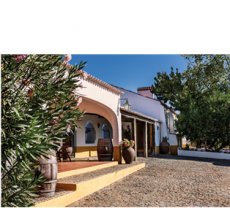 Herdade Grande
Herdade Grande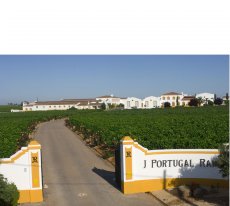 João Portugal Ramos
João Portugal Ramos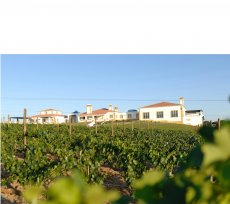 Monte da Cal
Monte da Cal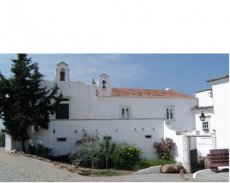 Quinta do Mouro
Quinta do Mouro Quinta Do Paral
Quinta Do Paral Monte dos Cabaços
Monte dos Cabaços Rui Reguinga
Rui Reguinga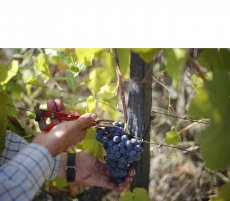 Santos & Seixo
Santos & Seixo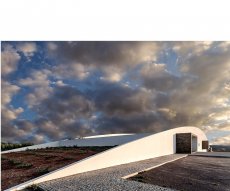 Tiago Cabaço Wines
Tiago Cabaço Wines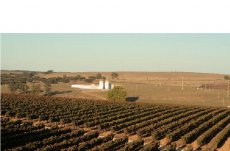 Torre do Frade
Torre do Frade
Most of the Alentejo consists of undulating plains and gentle hills, with serious mountains only in the north east, where, near the town of Portalegre, the São Mamede mountain range rises up by the border with Spain, and the air becomes cooler and the countryside greener.
Soils vary greatly: schist, pink marble, granite, limestone, often laid upon a sub-layer of water-retaining clay.
DOP Alentejo has eight sub-regions that together cover about a fifth of the Vinho Regional Alentejano region, but these are rarely seen on a label. It makes sense to take advantage of the name Alentejo (or Vinho Regional Alentejano). Seven of the sub-regions are clustered fairly centrally. Portalegre lies well to the north east on the granite foothills of the São Mamede mountains, where higher rainfall and cooler temperatures especially at night, along with many old vines, gives complexity and freshness.
Borba, Évora, Redondo and Reguengos are more typical, and make smooth, harmonious, very easy-drinking reds. Conditions are more challenging in Granja-Amareleja, Moura and Vidigueira, with poor, limestone-based soils and a significantly hotter climate. Nonetheless, a new generation of producers, particularly around Vidigueira, has shown the potential of these southern parts of the Alentejo.
The white Antão Vaz is the star grape of the region, with good acidity and tropical fruit flavours. It also responds well to barrel-fermentation. Arinto and Roupeiro also offer precious acidity; white Diagalves, Manteúdo, Perrum and Rabo de Ovelha make up the blends.
Aragonez (Tempranillo) is the most widely-planted red grape.
The red-fleshed French grape Alicante Bouschet is often the inky, treacley backbone of red blends. Alfrocheiro, Castelão and Trincadeira also have valuable parts to play, with Moreto, Tinta Caiada and Tinta Grossa padding out some blends.
However, many of the new generation of Alentejo reds incorporate imported grapes such as Syrah and Cabernet Sauvignon, made as Vinho Regional. © Wines of Portugal
Antão Vaz
Rabo de Ovelha
Roupeiro
Síria
Verdelho
Viognier
Typical red grapes from the region
Alfrocheiro
Aragonez (also called Tempranillo or Tinta Roriz)
Moreto
Tinta Caiada
Trincadeira (also called Tinta Amarela)
Subregions in Alentejo are,
